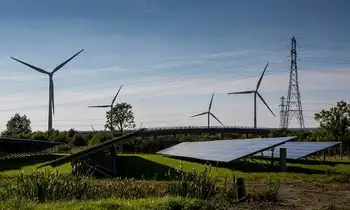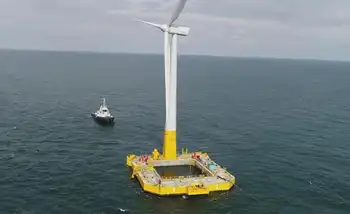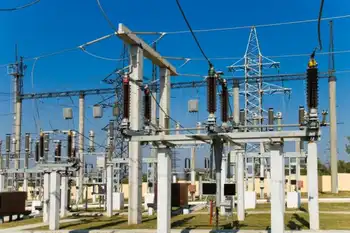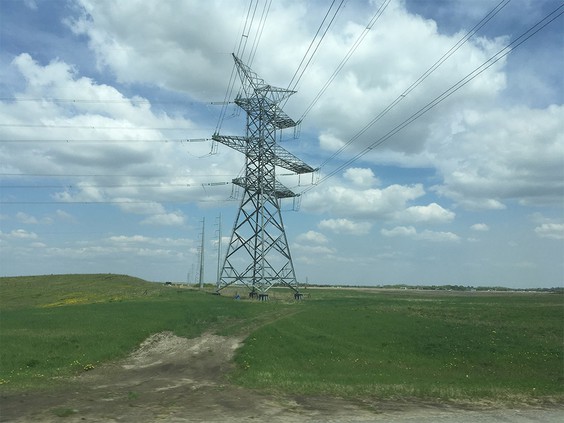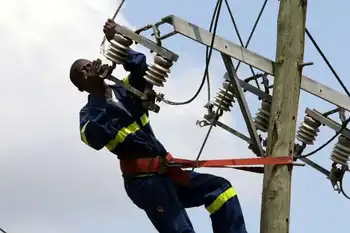Companies rethink coal plants
By USA Today
NFPA 70b Training - Electrical Maintenance
Our customized live online or in‑person group training can be delivered to your staff at your location.

- Live Online
- 12 hours Instructor-led
- Group Training Available
Power use in the United States could grow 22% during the next 20 years, according to the Energy Department. To help keep the nation's laptops and TVs humming, dozens of new plants that burn coal — by far the nation's largest source of electricity — were in the works.
President Obama and many members of Congress vow to cut U.S. emissions of carbon dioxide, the major "greenhouse gas" warming the Earth. Coal-burning power plants are the United State's single largest source of carbon dioxide.
Proposed coal plants around the nation face difficulties:
• Just recently, Alliant Energy dropped plans to build a coal-burning plant in central Iowa that would have been big enough to power nearly half a million homes and businesses. The company cited "increasing environmental, legislative and regulatory uncertainty regarding regulation of future greenhouse gas emissions" as part of the reason.
• Last month, NV Energy announced it would delay the construction of a coal-burning power plant in eastern Nevada until it can install "clean coal" technology to bury the plant's carbon dioxide. Such technology won't be widely available for a decade or more. "While uncertainty exists," NV Energy's Roberto Denis said of federal regulation, "we basically are standing still."
• Last month, Southern Montana Electric Generation & Transmission Cooperative halted work on a coal-burning power plant near Great Falls, Mont. Instead it will build wind turbines and a plant that burns natural gas, even though the combination will not make as much power as the coal plant would have.
• Also last month, Michigan Gov. Jennifer Granholm, a Democrat, ordered state regulators not to approve new coal-fired plants until "all feasible and prudent alternatives" had been considered. Five plants are planned. The state attorney general and Republican legislators are challenging Granholm's directive.
• In December, Peabody Energy said it had dropped a plan announced eight years ago for a coal-burning plant in western Kentucky. Instead the company will build a plant to convert coal to natural gas, in part because it's easier to capture carbon dioxide for burial from such a plant, said Peabody's Vic Svec.
Obama's election sharpened the trend. Last month, Lisa Jackson, Obama's chief of the Environmental Protection Agency, said the agency will reconsider a 2008 decision that the agency lacks the legal authority to regulate carbon dioxide from power plants. Obama has asked Congress for legislation mandating carbon-dioxide cuts, but it's not clear whether such a bill will pass, let alone how strict it would be.
"What you have right now is uncertainty," said Wayne Leonard, CEO of Entergy, a Fortune 500 power company. "When you look at the risks around the coal plant at this time, it's very hard to justify."
Jackson said the nation can't afford to let power companies dangle indefinitely. "There needs to be some certainty," Jackson said in an interview with USA Today. "Without legislation to address (carbon dioxide), something's going to have to give."
If there is less power from coal, the nation will have to turn to natural gas, which is subject to big price swings, or build nuclear plants, said Revis James of the Electric Power Research Institute, which is funded by the power industry. "Long termÂ… we're going to be facing some challenging scenarios," James said.





